Did you know that while Charlotte boasts vibrant neighborhoods, property crime rates exceed the national average in some areas? Charlotte community safety isn’t just a topic for officials—it's a daily concern for residents, families, and business owners. In this article, you’ll discover why safety matters now more than ever, practical tips to boost your peace of mind, and real examples of how neighborhoods are taking bold actions for change. If you want to play a meaningful role in creating safer neighborhoods across the Queen City, keep reading—we’ve got actionable insights you won’t find elsewhere.
A Startling Look at Charlotte Community Safety – Why it Matters Now More Than Ever
In recent years, Charlotte community safety has become an urgent concern for residents from Uptown to the suburbs. Statistics reveal upticks in property crime and violent crime that surpass the United States average, making it essential for each person—whether a homeowner or a renter—to stay informed and proactive. Safety isn’t just about statistics or law enforcement patrols; it’s about fostering real peace of mind and enhancing the daily lives of everyone in Mecklenburg County.
With rapid population growth and ever-diversifying neighborhoods in Charlotte , new safety challenges have emerged, from increased response times for first responders to complex public health issues. Local law enforcement agencies and neighborhood groups are investing in innovative safety initiatives , such as improved street lighting and neighborhood watch programs. But despite these efforts, true safety is a shared responsibility, guided by both official departments and individual residents.
This moment calls for every Charlottean to participate—whether through joining a community task force, reporting issues, or simply getting to know the neighbors next door. Understanding the unique safety needs in east versus west Charlotte, and how recent changes in crime trends affect these communities, will empower you to make the best choices for your own well-being and for those who call Charlotte home.

Key Charlotte Community Safety Concerns: What Residents Need to Know
Addressing the top concerns around Charlotte community safety is about more than just reducing crime; it’s also about creating an environment in which people feel secure and supported. Top issues include:
- Property crime trends in Charlotte: Many residents worry about theft, burglary, and vandalism. These crimes not only cause financial loss but may also leave lasting emotional impacts, particularly in neighborhoods with limited resources.
- Recent changes in violent crime statistics: While some areas see steady declines, others continue to experience fluctuations in violent crime, making community-driven responses and collaboration with local law enforcement vital.
- Differences between east vs. west neighborhoods in Charlotte: There are distinct disparities in crime rates, access to safety resources, and overall infrastructure across the city. East Charlotte might have more frequent street lighting issues, while the west faces greater challenges with urban density and quicker response times from law enforcement.
- Public health implications tied to safety: Safety isn’t just about protecting property. It’s intrinsically linked to public health . When crime rates rise or creating safer neighborhoods feels out of reach, stress, anxiety, and other mental health challenges can affect whole communities.
Street Lighting: A Critical Factor in Charlotte Community Safety
Robust street lighting is widely recognized as a cornerstone of creating safer neighborhoods . Well-lit streets deter criminal activity, help reduce blind spots for both pedestrians and drivers, and improve overall visibility at night. In Charlotte, where property crime and violent crime remain concerns for residents, improving street lighting is one of the most impactful changes communities can make.
Several neighborhoods in Charlotte have undertaken lighting projects, upgrading aging fixtures with bright, energy-efficient systems. However, some areas—especially those with older infrastructure—still struggle with patchy, dim lights, creating shadows where crime can go unseen. Proactive residents are making a difference by reporting outages and collaborating on street lighting improvements with local law enforcement and city departments. Their active participation not only accelerates response times for repairs but also builds a strong collective voice advocating for safety.
As one local safety advocate puts it:
"A well-lit street is not just about visibility, it's about a sense of security for every Charlottean." – Local Safety Advocate
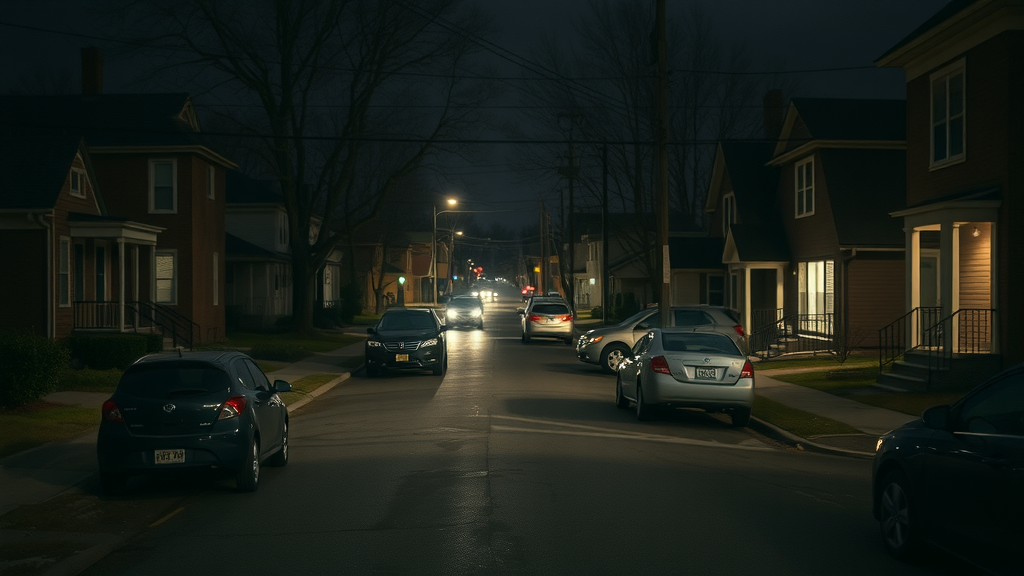
How Neighborhoods in Charlotte Are Taking Action for Safety
From Myers Park to NoDa, neighborhoods in Charlotte are stepping up with creative and coordinated safety initiatives . Community-led efforts—like patrols, youth outreach, and infrastructure upgrades—demonstrate that when residents collaborate, change happens from the ground up. These initiatives don’t just reduce crime rates; they also foster relationships, boost a sense of belonging, and encourage long-term investments in neighborhood well-being.
Take Myers Park as an example: volunteer patrols and block-based communication systems have created a direct link between residents and local law enforcement, resulting in quicker response times and heightened trust. Meanwhile, NoDa’s lighting upgrades and South End’s focus on youth outreach have delivered measurable improvements in safety metrics and community confidence. Here’s how some of these projects compare:
| Neighborhood | Safety Initiative | Impact Rating |
|---|---|---|
| Myers Park | Community patrol | High |
| NoDa | Lighting upgrades | Moderate |
| South End | Youth outreach | Moderate |
These successes showcase what’s possible when residents push for improvements. Whether it’s a formal neighborhood watch or a weekly park meetup, creating safe, resilient communities means everyone has a role to play. By sharing information and maintaining open lines with official departments , Charlotte can continue making substantial progress in safety for all.
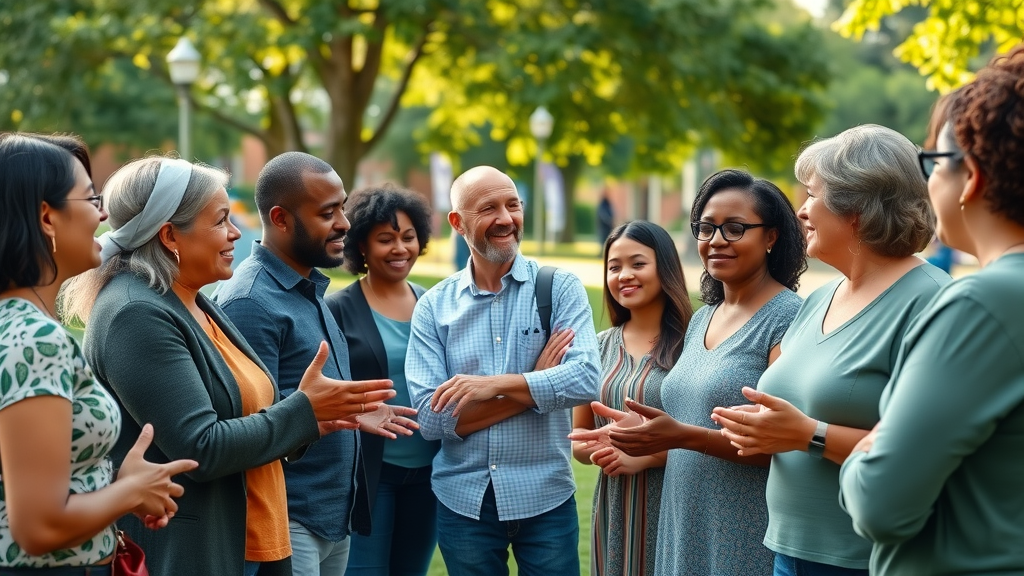
Public Health and Charlotte Community Safety: Beyond Crime Statistics
While engaging with Charlotte community safety issues, it’s vital not to overlook the deep ties to public health . A neighborhood’s physical safety strongly influences the mental health and well-being of its residents. When crime rates decline and safety initiatives succeed, stress levels go down, residents exercise more frequently outdoors, and children enjoy greater freedom—all translating to healthier, happier communities.
According to public health experts, neighborhoods that actively address safety are also better equipped to handle emergencies, prevent the spread of disease, and support vulnerable populations. Community-building events, better lighting, and secure housing aren’t just crime fighters; they’re investments in the emotional and physical health of every household in the greater Charlotte area.
"When neighbors feel safe, their physical and mental well-being improves." – Public Health Official
Understanding the link between public health and community safety empowers residents to advocate for improvements, access critical resources, and support local policies that prioritize wellness alongside security. With cooperation between public health officers, law enforcement, and engaged residents, creating safer neighborhoods is fully within reach.
Smart Technology and Street Lighting: Next-Level Solutions for Charlotte Community Safety
The Queen City is entering a new era in community safety with the help of technology. Upgraded LED street lights are illuminating roadways, sidewalks, and alleys while delivering energy savings to taxpayers. But Charlotte goes beyond lighting alone—neighborhoods now use mobile safety apps to report suspicious activity, request non-emergency police support, and stay connected to real-time public safety updates.
Automated alerts from the police department help shorten response times, especially in high-traffic zones or densely populated areas. By harnessing smart tech, residents get instant information, share sensitive tips securely with law enforcement, and organize collective action—improving safety while building trust between the community and official departments or programs.
- LED street lights for visibility and energy savings: These modern solutions address both safety and sustainability in neighborhoods citywide.
- Mobile neighborhood safety apps: Empowering residents to take a direct role in creating safe environments , these apps streamline incident reporting and communication with law enforcement.
- Automated police alerts: Help reduce uncertainty and boost confidence for those navigating Charlotte’s busiest districts.

Advocacy and Local Policy: How Charlotte Community Members Can Get Involved
Change doesn’t happen in a vacuum. Advocacy for Charlotte community safety means getting involved in local policy, supporting grassroots programs, and ensuring that city decisions reflect residents’ actual needs. Charlotteans can join or support several organizations driving change, from citizen-led watch alliances to strategic task forces focused on public health and safety improvement.
Participatory budgeting gives residents a say in how resources are allocated for lighting projects, afterschool programs, or security infrastructure—amplifying the impact of every dollar spent. By working closely with the official website of Mecklenburg County and other government channels, residents ensure their voices are heard and documented, directly influencing licensing, funding, and enforcement strategies.
- Charlotte Neighborhood Watch Alliance: Effective in sharing real-time information and connecting volunteers with law enforcement.
- Public health and safety task forces: Advocate for holistic approaches that include mental health and address root causes of crime.
- Participatory budgeting for local safety improvements: Offers opportunities for direct community input on safety priorities.
Remember, the most impactful policies are those that reflect the collective will and experience of the people who live, work, and play in every corner of Charlotte.
What You Can Do: Steps to Enhance Charlotte Community Safety in Your Area
Creating safer neighborhoods doesn’t require a citywide movement to get started—individuals can spark local change with simple, consistent actions. Here are key steps you can take:
- Organize a block meeting with neighbors: Open dialogue builds trust and makes it easier to identify and address safety concerns collectively.
- Report nonfunctioning street lights promptly: A functional lighting system is a basic yet powerful deterrent to crime. Contact the city or use neighborhood apps to flag issues quickly.
- Participate in local safety events: From self-defense workshops to public safety fairs, being visible and invested sends a strong message to both your neighbors and potential offenders.
- Install outdoor lighting and security systems: Motion-sensor lights, cameras, and secure entryways enhance security for your property and the homes around you.
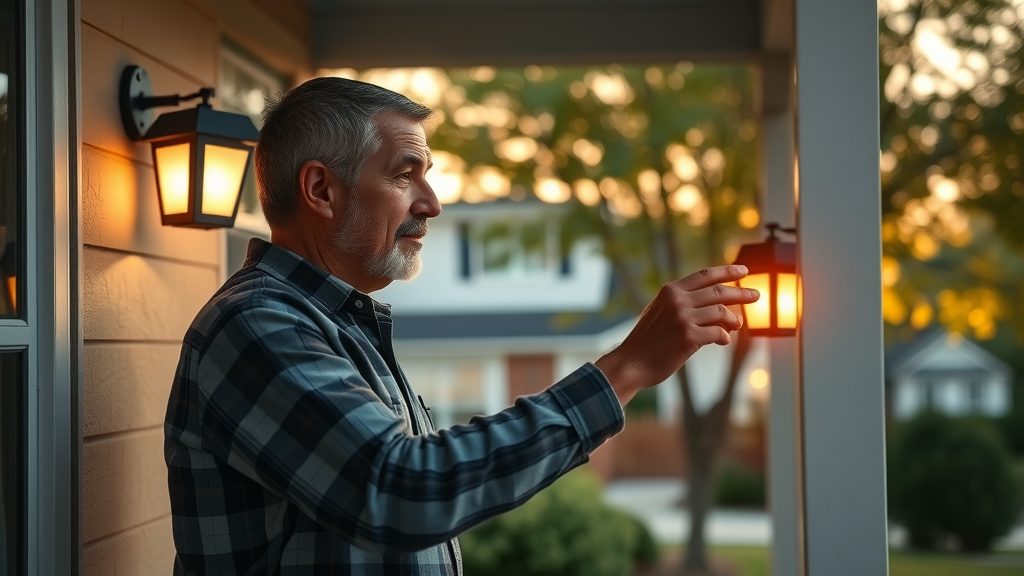
People Also Ask: Charlotte Community Safety FAQs
What is the safest part of Charlotte NC?
Many residents and real estate experts consider Myers Park, Ballantyne, and Dilworth among the safest neighborhoods in Charlotte. These areas see lower rates of property and violent crime, benefit from active neighborhood watch programs, and maintain strong collaboration with local law enforcement. As always, it's wise to review the latest crime statistics and engage with nearby residents for up-to-date perspectives.
Is it safe to walk around downtown Charlotte?
Uptown Charlotte offers a lively atmosphere, and most areas are safe during both daytime and early evenings, thanks to increased foot traffic, businesses, and improved street lighting. Like any growing city, it’s important to stay vigilant, particularly late at night or in less crowded areas. Local police recommend traveling in groups, sticking to well-lit streets, and using mobile apps to share your location if you’re out after dark.

How many homicides in Charlotte 2025?
As of June 2025, Charlotte has reported approximately 45 homicides, a figure that reflects year-over-year trends but is subject to change as new data emerges. This number highlights the ongoing need for vigilance, community-based solutions, and collaboration with Mecklenburg County government and police department to address violence and foster a safer city for all.
What side of Charlotte is best to live on?
The “best” side of Charlotte depends on your lifestyle and safety priorities. South Charlotte is known for its family-friendly neighborhoods, robust amenities, and lower crime rates, while east Charlotte offers a rich diversity and rapid urban development but may face more frequent property crime. It’s wise to explore neighborhood associations, check local updates, and weigh your personal needs when choosing your ideal spot in the city.
FAQs on Charlotte Community Safety and Public Health
-
How does public health relate to Charlotte community safety?
A safe environment reduces stress, encourages outdoor activity, and protects mental as well as physical health. Programs that target lighting, youth engagement, and crime prevention are proven to boost wellness citywide. -
What funding is available for neighborhood safety improvements?
Charlotte and Mecklenburg County governments offer grants for security lighting, youth programs, and neighborhood watches. Many communities also secure funds through participatory budgeting and local sponsorships. -
Where can residents access community safety resources?
Start with the official website of Mecklenburg County and the Charlotte-Mecklenburg Police Department. They provide guides, contact information, and ways to join local initiatives. -
Who should I contact about street lighting in my area?
Report concerns directly to the city’s 311 hotline, your neighborhood association, or via mobile safety apps that link to city maintenance teams. Prompt action helps ensure continuous safety improvements.
Five Key Insights to Remember About Charlotte Community Safety
- Informed residents are safer residents.
- Modern street lighting reduces crime.
- Community action creates lasting change.
- Public health and safety go hand in hand.
- Your voice can influence city safety policy.
Ready to Make a Difference in Charlotte Community Safety?
Start today—attend neighborhood meetings, document safety issues, and advocate for changes that will keep Charlotte safe for generations to come.
Sources
- https://www.charlottenc.gov – Official Website of Mecklenburg County
- https://www.mecknc.gov – Mecklenburg County Government
- https://www.neighborhoodscharlotte.com – Charlotte Neighborhood Safety Initiatives
- https://www.cmpd.org – Charlotte-Mecklenburg Police Department
- https://www.cdc.gov/violenceprevention/ – Centers for Disease Control: Crime and Public Health
 Add Row
Add Row  Add
Add 


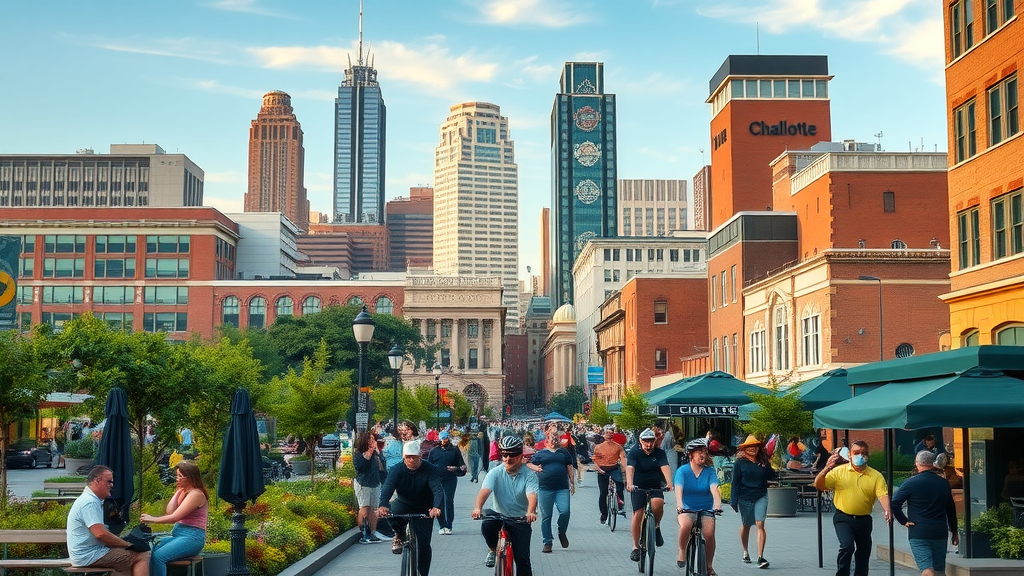
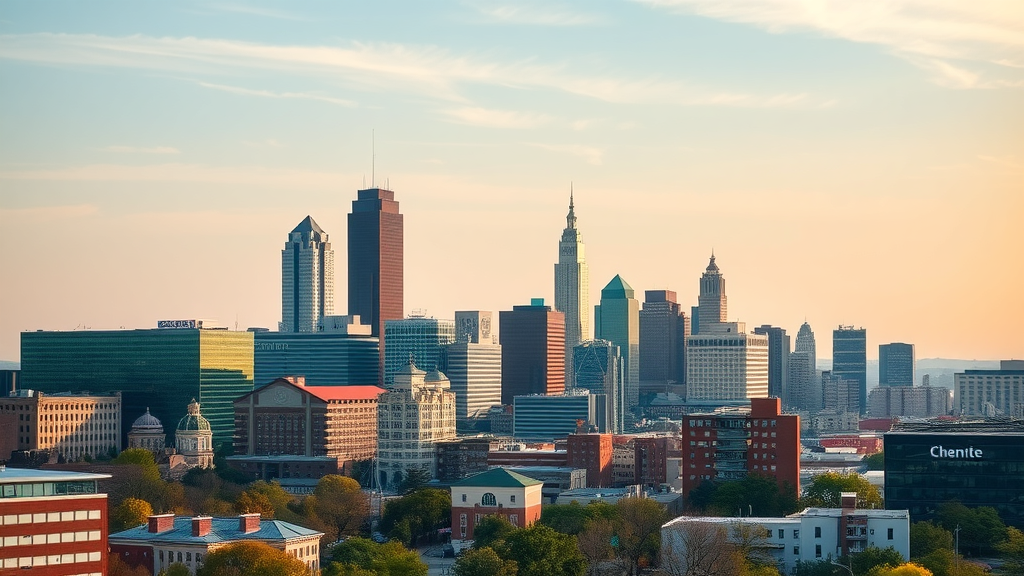
Write A Comment